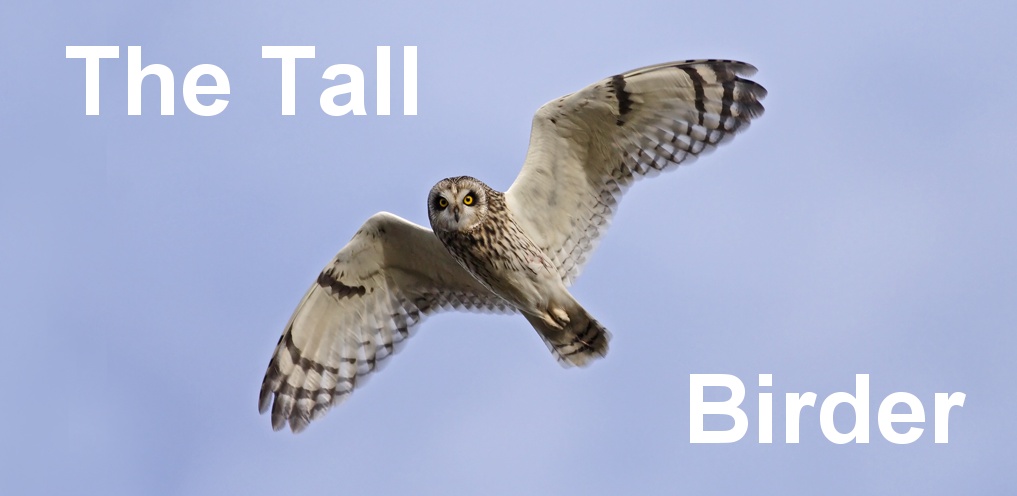I left the house in encouraging conditions, but things had already gone down hill before I arrived at the Bernwood Forest car park (the scene of previous more successful Purple Emperor hunts). From here it was about a 30min walk to the M40 compensation area, which, given Adam Hartley's excellent directions, I found quite easily. En-route the only sighting of note was my first Emperor Dragonfly sighting of the season.
Unfortunately, although it was only mid-morning, it started to rain almost as soon as I arrived at the M40, and in the next hour and a half there was little or no sun and a fair bit of rain. Of course, there was no sign of any Hairstreaks in these conditions, and very few other butterflies were about, apart from this obliging Marbled White.
Marbled White
With no sign of conditions improving, I gave it up as a bad job, and trekked back to the car park through continuous heavy rain!
After a change of clothes and some lunch, I headed out in the afternoon to Childrey to see if I could get any photos of the Spotted Flycatchers, which turned out to be reasonably cooperative in between heavy showers, thunder and lighting - probably a reflection on the Brexit vote!
Spotted Flycatcher
Click here for a larger image















